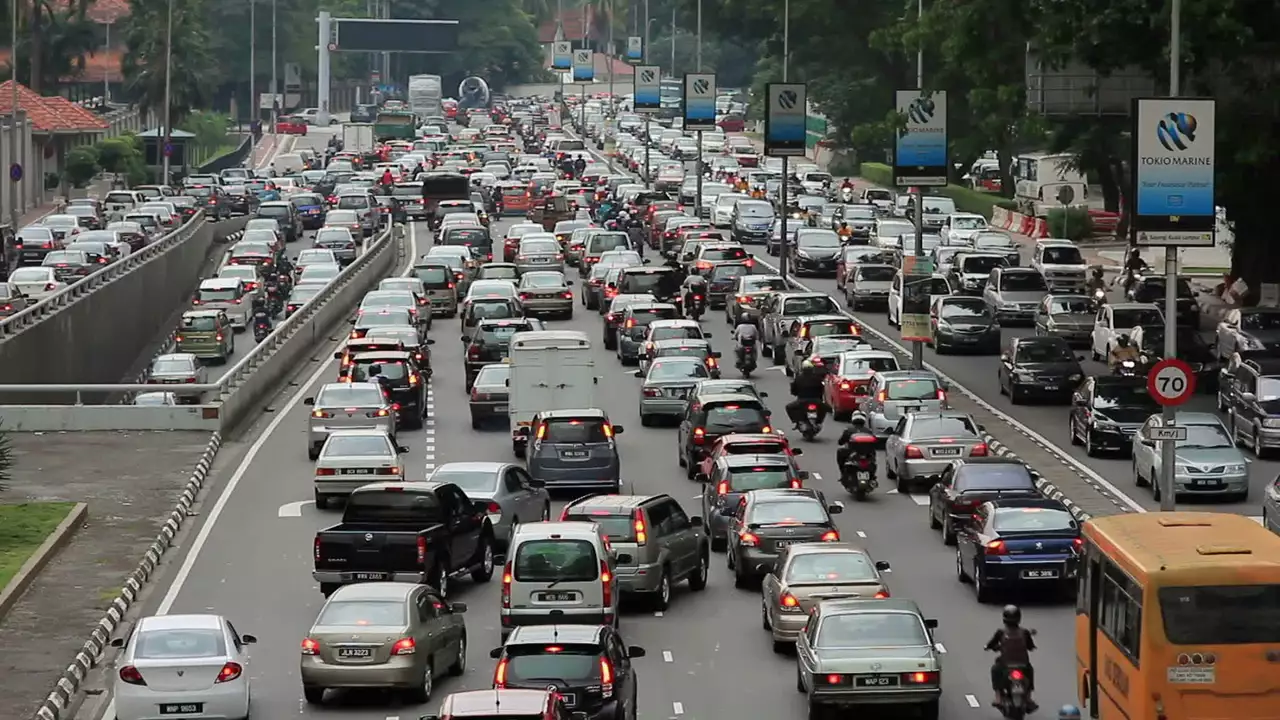Traffic management for online pharmacies: keep your site fast and orders moving
Running an online pharmacy or health site means traffic spikes happen—seasonal demand, a viral article, or a promo can flood your site. If your pages slow down or checkout breaks, customers leave and trust drops. Here’s a clear, practical guide to managing traffic so your site stays fast, secure, and reliable.
Quick technical checklist
Start with a few high-impact fixes that protect the site during surges. Use a CDN (content delivery network) to serve images, scripts, and static pages from servers close to users—this cuts load on your origin server. Add caching for pages that don’t change often (product pages, help pages) and set proper cache headers so repeated visitors don’t hit your database every time.
Put a load balancer in front of your servers so traffic spreads evenly. If possible, use autoscaling rules that spin up extra servers when CPU or request rates climb. For databases, use read replicas and connection pooling; keep writes queued and processed in background jobs to prevent long-running requests during checkout.
Protect against bots and DDoS with a web application firewall (WAF) and rate limiting on APIs. Simple techniques like CAPTCHA on registration or heavy-use endpoints reduce abusive traffic. Monitor key metrics—response time, error rate, CPU, queue length—and set alerts so you can act before users notice problems.
Customer-facing tactics to reduce friction
When traffic spikes, user trust matters more than speed alone. Show skeleton loaders or lightweight placeholders instead of blank pages so users feel the site is working. If checkout backlog appears, show an order queue message with realistic ETA and a way to contact support. Clear communication reduces cancellations.
Limit heavy operations in the main request flow: send confirmation emails and insurance checks asynchronously. Offer a “save cart” or guest checkout to avoid forcing sign-ins during busy times. If stock levels change, show live inventory warnings and reserve items only at payment to avoid overselling.
Use progressive enhancement: basic search should work even if advanced filters slow down. Provide a simple phone or chat fallback for users who can’t complete orders online—this keeps revenue and helps with trust.
Finally, plan for known events: schedule load tests before big promos or seasonal peaks, rehearse recovery steps, and keep a runbook with contacts for hosting, CDN, and payment provider support. A short checklist and some drills will save plenty of panic later.
Traffic management is mostly preparation and clear communication. Build resilient tech, automate where possible, and tell users what’s happening when things get busy. That’s how you keep orders flowing and customers coming back.

The link between congestion and urban sprawl
In my research, I've found a strong correlation between urban sprawl and congestion. As cities expand outward, people often rely more on cars, leading to increased traffic and congestion. Public transport often struggles to serve sprawling urban areas effectively, exacerbating the issue. Urban planning that focuses on compact city designs could help reduce congestion, by making walking, cycling, and public transportation more viable options. In essence, managing urban sprawl is crucial for easing congestion and creating sustainable cities.
Read More




